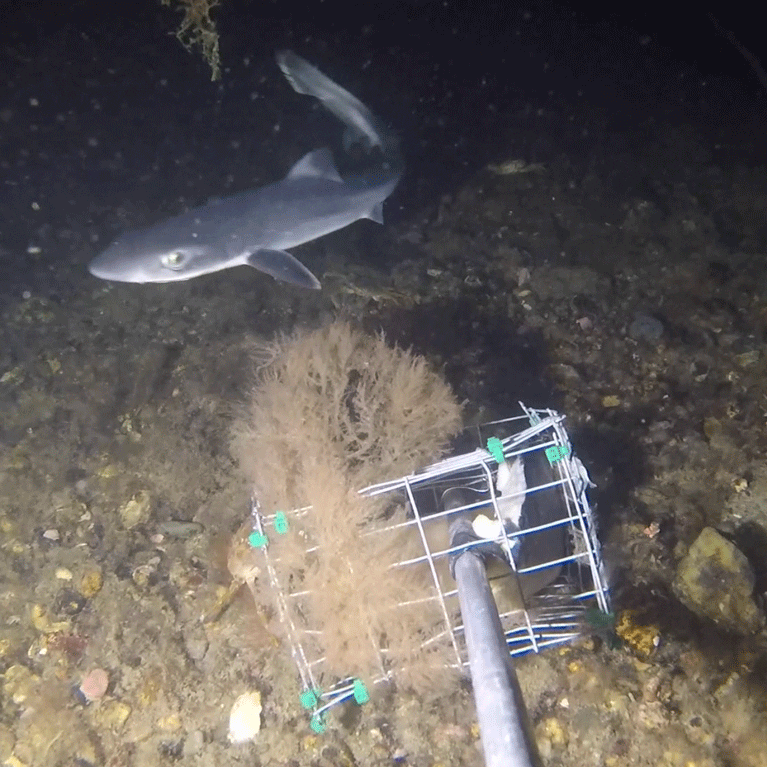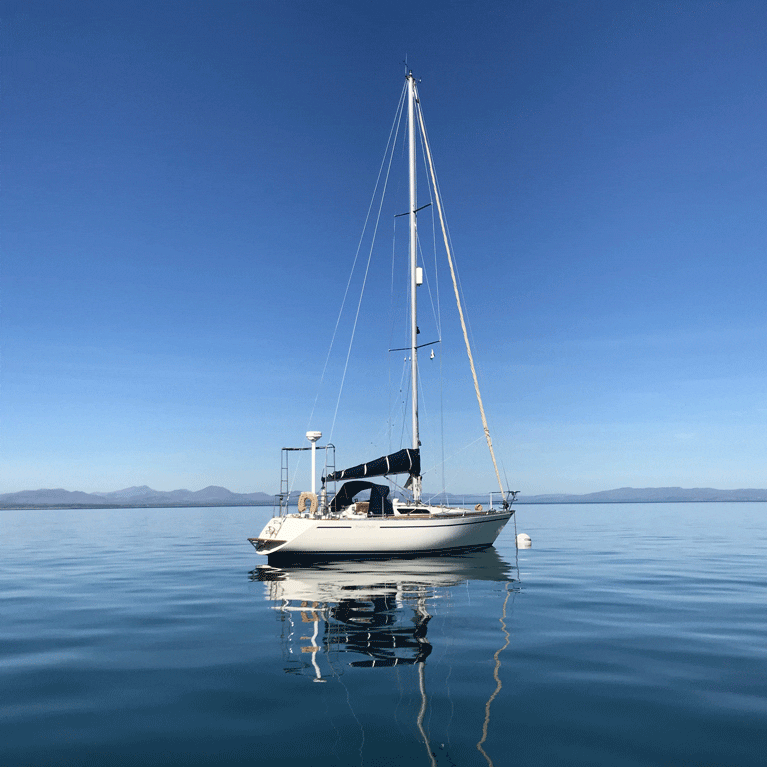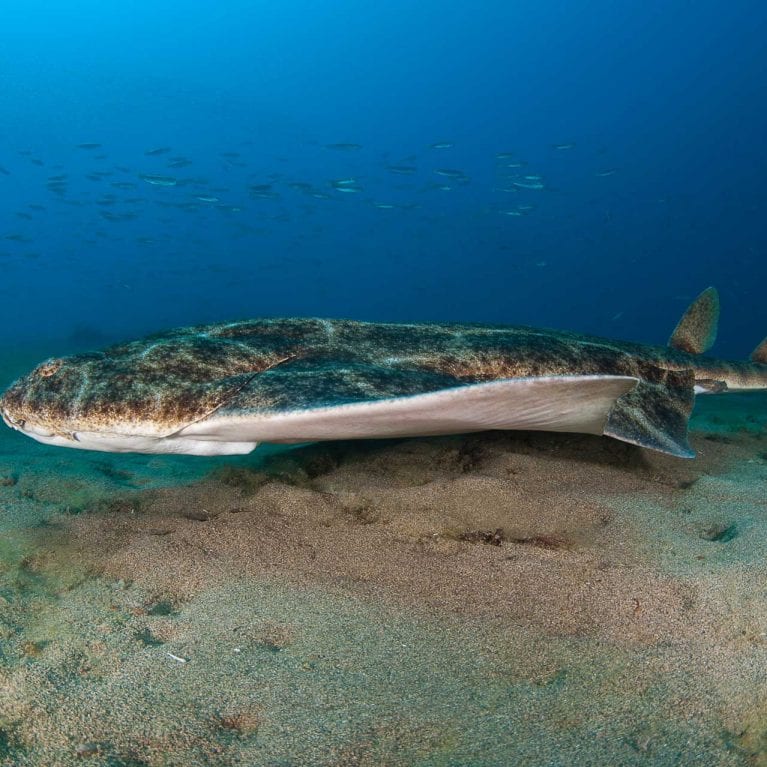Guardian angels
Could cameras help scientists understand the ecology of angelsharks in Welsh waters? Jake is piloting an initiative of testing BRUVs in the Canary Islands and replicating it in Wales.’
Coming from a maritime family and living by the coast meant that from a young age I got to know the underwater world and its species and they have played a major role in my life. Some of my earliest memories are of waking up before sunrise to head out fishing with my father before school. As I grew older and learned to scuba dive, my time above and below the water increased. Most weekends during the summer involved exploring the variety of dive sites and observing the rich habitats along the North Wales coast. To further my knowledge of...



Trial Baited Remote Underwater Video Systems (BRUVS) to monitor Critically Endangered Angelsharks (Squatina squatina)
Can BRUVS be utilised as a methodology to monitor Angelsharks?
The Welsh coast is one of the last areas in the North East Atlantic where the Critically Endangered Angelshark (Squatina squatina) is still present. However, very little is known about Angelshark ecology, partly due to the difficulty of studying a cryptic species present in low numbers. Current data is obtained through accidental Angelshark captures by fishers. It’s vital that fisher records are complemented with scientific surveys to improve understanding of Angelshark distribution and ecology in the region. However, the cryptic colouration and burying behavior of Angelsharks make them difficult to observe. Visual survey techniques are successful in the Canary Islands (Meyers et al. 2017), but are not easily replicated in Wales, where conditions will significantly restrict survey timings. This project will establish whether Baited Remote Underwater Video Systems (BRUVS), a technique used for other fish species in Wales, is suitable to study Angelsharks.
The Angelshark (Squatina squatina) belongs to the second most endangered elasmobranch family in the world, Squatinidae (Dulvy et al. 2014). They are listed as Critically Endangered on the IUCN Red List of Threatened Species (Ferretti et al. 2015). Angelsharks are demersal ambush predators, laying buried in sand or mud much of the time preying on small benthic fish species (Compagno, 2013). Adults and juveniles are commonly found in shallow water during the summer season (Meyers et al. 2017), and as a result are highly susceptible to fishing pressures. Once abundant in the NE Atlantic Angelsharks have now almost completely disappeared from their former range. Currently the last known stronghold for Angelsharks in the Atlantic is in the Canary Islands (Barker et al. 2016). However, over the past 10 years there has been an apparent increase in the number of ad-hoc records of Angelsharks off the Welsh coast. Very little is known about the ecology and population dynamics of Angelsharks in Welsh waters. Due to difficult monitoring conditions and sparsity of fisher records. Alternative monitoring techniques are needed to gather accurate baseline information on Angelshark distribution. BRUVS is one possible technique that may prove an effective tool in gathering essential conservation baseline data for this species. In Wales, BRUVS are successful in surveying species associated with seagrasses and frequently attract demersal elasmobranch species such as Thornback ray (Raja clavata). Angelsharks are strongly protected in Wales, as they are listed in Schedule 5 of the Wildlife and Countryside Act 1981, which prohibits people to intentionally disturb, target, injure or kill Angelsharks within 12nm of Welsh and English coastlines. However, better understanding of Angelshark ecology will enable improved protection of this species in Welsh waters through inclusion in the Wales Angelshark Action Plan, an output of the recently launched Angel Shark Project: Wales.
- Investigate whether BRUVS are suitable to monitor Angelsharks through trials at 3 focal locations in the Canary Islands.
- Determine the most effective time to deploy BRUVS to monitor Angelsharks (during night or day) and evaluate whether BRUVS can be used to determine the relative abundance of Angelsharks.
- Trial the use of BRUVS at 3 locations in Wales, focusing on areas with the greatest number of accidental captures from the fishing community.

